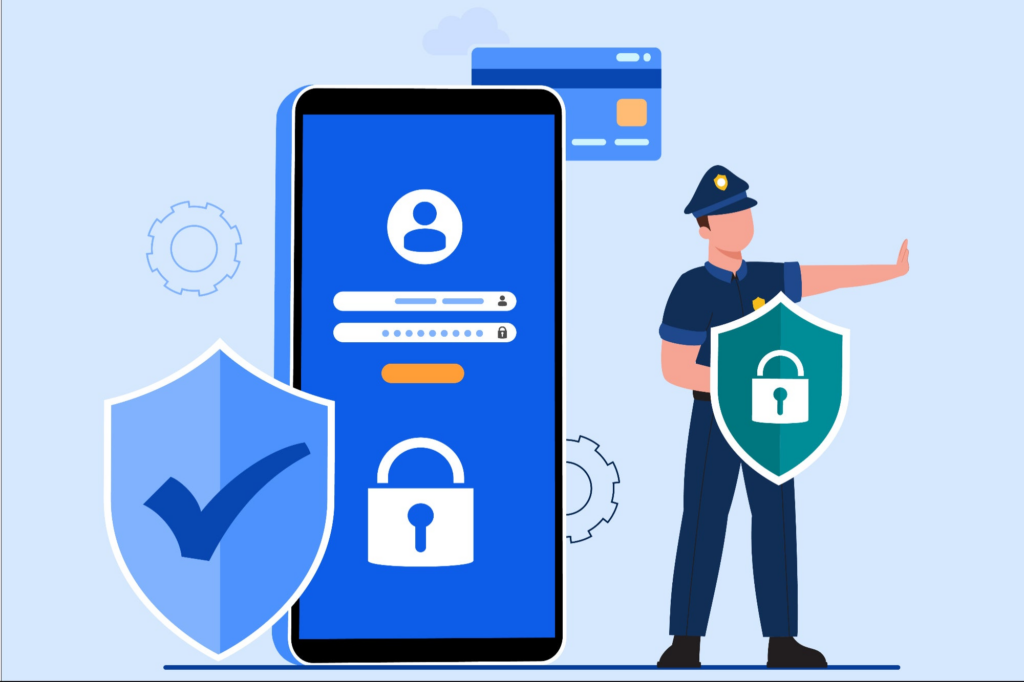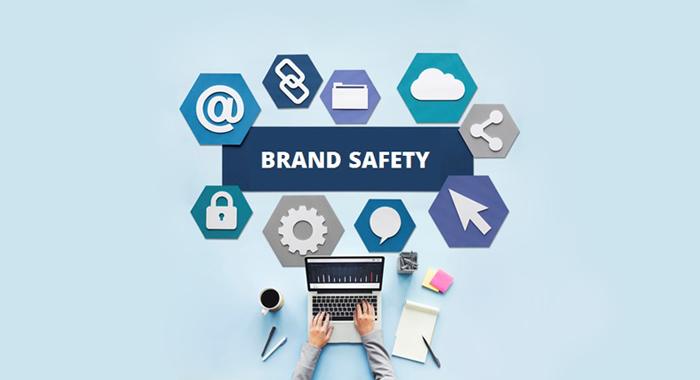In the current digital world, as brands communicate with customers through many online platforms, it is very important to keep brand safety in mind. Whether on social media or through display advertisements, brands have to deal with a complicated network of content so they can safeguard their good name and keep the trust of consumers. This article explores the importance of brand safety and reasons for businesses, regardless of size, to make it a primary concern.
Understanding Brand Safety
Brand safety is about actions companies do to make sure their ads and stuff show up in good places. They don’t want their brand connected with bad, upsetting or dangerous content. This is because it can damage how people see the brands. With more and more content created by users and the ever-changing online platforms, it is harder to keep a brand safe.
The Risks of Ignoring Brand Safety
1. Reputation Damage
If a brand’s ads are seen next to bad or wrong content, people might start to think badly about the brand. As a result, its reputation can be hurt a lot. These connections might weaken confidence and devotion, resulting in fewer clients and a decrease in income.
2. Legal Consequences
Sometimes, brands might have to deal with legal problems if they show up with damaging content. Agencies that regulate these things and groups that stand for causes pay more attention now to what brands do on the internet, giving out fines and punishments when rules are broken. Not following rules for brand protection might lead to expensive legal fights and harm the company’s reputation.
3. Loss of Trust
When customers think a brand does not care about their safety and what they value, they may not want to use the products or services of that brand. This is because trust is very important for a good relationship between brands and customers. Gaining trust needs much time and work. However, it can break quickly if people find out a brand is linked to content that isn’t safe.
Implementing Brand Safety Measures
Brands need to protect their good name and reduce dangers, so it is important for them to have early plans in place for brand safety. The following are some important actions:
1. Content Moderation
Establish strong policies for moderating content so that ads show up in places safe for brands. Use sophisticated artificial intelligence algorithms and people who moderate to spot and remove unsuitable content before consumers see it.
2. Keyword Blacklisting
Keep a thorough list of words and phrases that are not good for your brand. When you blacklist these, it stops your advertisements from showing next to content that might be damaging or rude.
3. Contextual Targeting
Use contextual targeting methods to make sure that advertisements appear in places that fit well with your brand and are relevant. Look through the content on websites and social media updates to decide if they match well with what your brand wants to say.
4. Third-Party Verification
Work with trusted outside companies to check on where your ads are placed. They will give you information about who sees your ads and where they see them. So, you can decide the best way to spend your money for advertising.
The Role of Technology in Brand Safety
Technological progress has changed how companies manage the safety of their brands. Tools with AI can check a lot of data quickly, helping companies to find and lessen dangers better. Machine learning algorithms are capable of learning from previous events and can adjust to changing threats, which improves the safety measures for brands as time goes on.
Case Studies: Brand Safety Success Stories
- YouTube’s Content Moderation: YouTube, after hearing complaints about the safety of brands, made its rules for checking content stricter. Moreover, they gave advertisers more ways to control their ads. They used artificial intelligence and teams who check things by hand. This helped in cutting down the times when ads show up next to bad content. This made advertisers trust YouTube again.
- Procter & Gamble’s Transparency Initiative: Procter & Gamble started a clearness project to solve worries about brand safety in online ads. They worked with top figures in the field to make standard ways of checking brand safety. They also put in strict checks to make sure these standards are followed. Consequently, Procter & Gamble managed to improve the security associated with their brands and build stronger confidence among people who buy its products.
The Future of Brand Safety
- Emerging Threats: As technology advances, new problems for protecting brands will appear. It’s important that companies remain alert and change their plans to deal with these upcoming issues. These may include things like deepfake videos, false information, and biases in algorithms.
- Global Perspectives: When brands work in global markets, they should adjust their safety strategies to respect cultural feelings and follow the rules of each place.
- Collaborative Efforts: Working together is very important for different groups like companies, advertisement platforms, people who make rules, and groups that stand up for certain causes to solve problems about keeping brands safe. They need to create common rules and good ways of doing things in the industry.
Conclusion

In this time where we always connect digitally and see content on the internet, it is very important to keep brands safe. When companies focus on keeping their brand safe, they help protect their good name. It also helps keep trust with customers and stay away from expensive problems. By using technology, making policies, working together, and thinking about the future, companies can deal with complicated issues online. In this way, they can protect their very important brand reputation.


